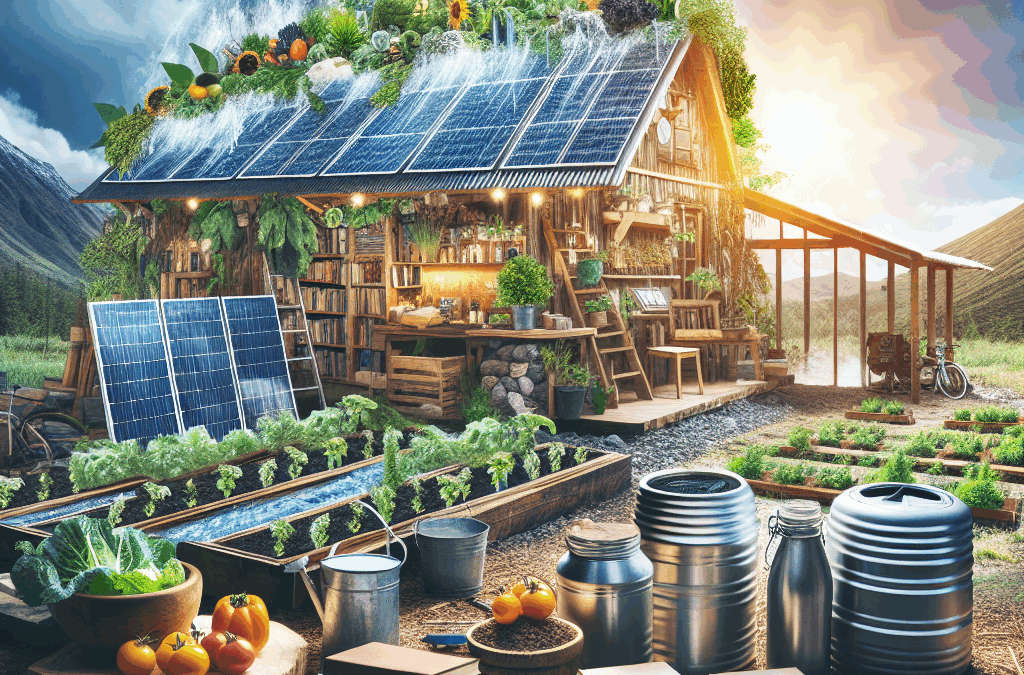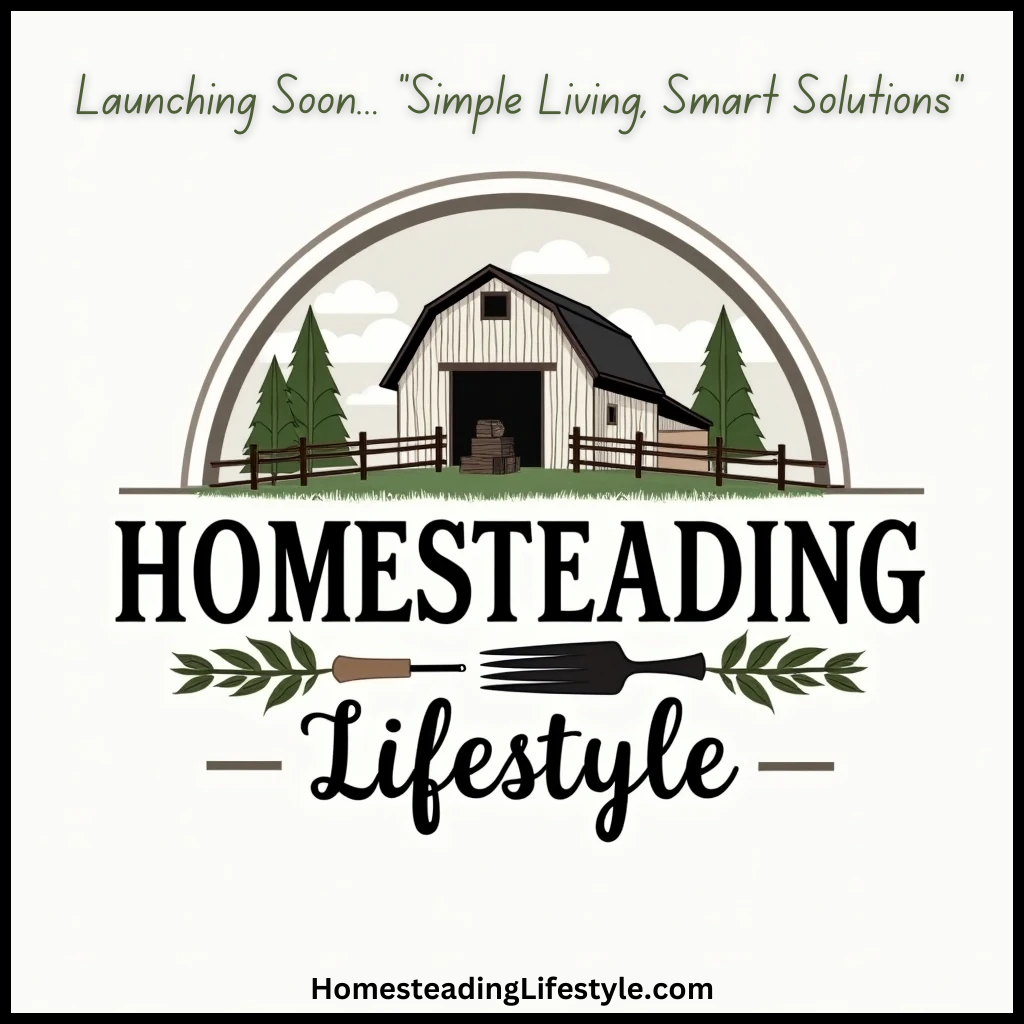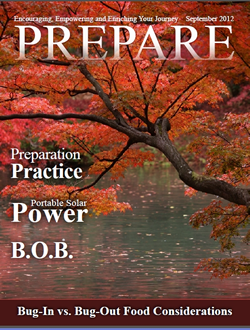Table of Contents
- 1. Building True Self-Sufficiency
- 2. Developing Sustainable Food Systems
- 3. Achieving Energy Independence
- 4. Water Creation and Conservation Techniques
- 5. Making Your Own Hardware & Automation
- 6. Building Resilient Communities
- 7. Mastering Emergency Preparedness
- 8. Achieving Financial Self-Reliance
- 9. Prioritizing Health & Wellness
- 10. Educating Yourself for 2025 and Beyond
1. Building True Self-Sufficiency
Understanding Self-Sufficiency Principles
Self-sufficiency is about independence in meeting your basic needs, including food, energy, and shelter. In 2025, more people are focusing on building their own systems to reduce reliance on external sources. This approach promotes resilience in the face of economic or environmental disruptions. Whether you live in a rural area or suburban neighborhood, cultivating self-sufficiency starts with understanding your specific requirements and available resources.
For example, many homeowners are now investing in off-grid solar systems and rainwater harvesting to ensure a sustainable lifestyle. In my experience, the key is to start smallâperhaps grow a vegetable garden or install a few solar panelsâand gradually expand your capabilities. This way, you build confidence while reducing your dependency on external supply chains.
Research has shown that households with a basic level of self-sufficient practices are better prepared for unknown disruptions. The âSelf-Reliance Indexâ published in 2024 indicates that communities practicing self-sufficiency tend to recover faster after crises. Think about your personal goals for independence and take actionable steps today.
Practical Steps to Achieve Self-Sufficiency
One of the most effective ways to begin building self-sufficiency is by creating a detailed plan that includes gardening, renewable energy, and security measures. You can start by mapping out your land for planting and considering how to diversify your food sources. Additionally, investing in renewable energy sources like solar and wind can drastically cut ongoing costs and increase your independence.
Another tip is to learn DIY skillsârepairing your own appliances, making biofertilizers, or constructing simple water filtration systems. These skills pay off by saving money and empowering you to handle emergencies effectively.
2. Developing Sustainable Food Systems
3. Achieving Energy Independence
Solar Power and Alternative Energy Solutions
Solar power remains the leading solution for achieving energy independence in 2025. By installing solar panels, homeowners reduce reliance on grid electricity, and many use battery storage systems to maximize efficiency. According to the International Renewable Energy Agency (IRENA), solar capacity worldwide increased by 22% in 2024 alone, emphasizing its importance for future self-reliance.
For practical implementation, consider starting with a small rooftop solar setup and expanding as your needs grow. Battery technologies like lithium-ion and emerging solid-state batteries are becoming more affordable and efficient, making storage a viable option for most households.
Alternative energy options, such as wind turbines or micro-hydro systems, may also be suitable depending on your location. Combining multiple sources can create a resilient and autonomous energy system tailored for 2025.
Energy Conservation Tips to Maximize Efficiency
Reducing energy consumption is just as crucial as generating your own power. Simple steps like upgrading insulation, using energy-efficient appliances, and turning off unused electronics can significantly lower your bills and increase your household’s independence. In 2025, integrating smart home technology will further optimize energy use, helping you live more sustainably.
By adopting comprehensive energy strategies, you ensure a reliable power supply even during grid outages or disruptions, reinforcing your self-reliant lifestyle.
Conclusion
Embarking on a journey towards self-reliant living in 2025 is more achievable than ever. This self-reliant living guide offers proven strategies to help you become more independent, resilient, and prepared for the future. By implementing these 10 effective strategies, youâre setting yourself up for long-term success and sustainability. Remember, the key is consistent action and learning new skills â your independence depends on it.
Stay proactive, stay informed, and always adapt your self-reliance practices to the evolving world around you. Hereâs to thriving confidently in 2025 and beyond!
Frequently Asked Questions
- What is a self-reliant living guide?
- How can I start building self-sufficiency at home?
- Why is self-reliance important in 2025?
- Can collective community efforts enhance self-reliant living?
The self-reliant living guide is a comprehensive resource that provides practical advice, strategies, and steps to help individuals live independently, sustainably, and resiliently, especially in times of uncertainty.
Begin by assessing your resources and setting small, achievable goals such as starting a vegetable garden, installing solar panels, or learning basic repair skills. Gradually expand your efforts to cover other needs like water and energy independence.
With increasing environmental challenges, economic fluctuations, and supply chain disruptions, self-reliance offers a way to maintain stability, security, and peace of mind in your daily life.
Absolutely. Building resilient communities through shared resources, skills, and support networks enhances overall self-reliance and provides a safety net during crises.






